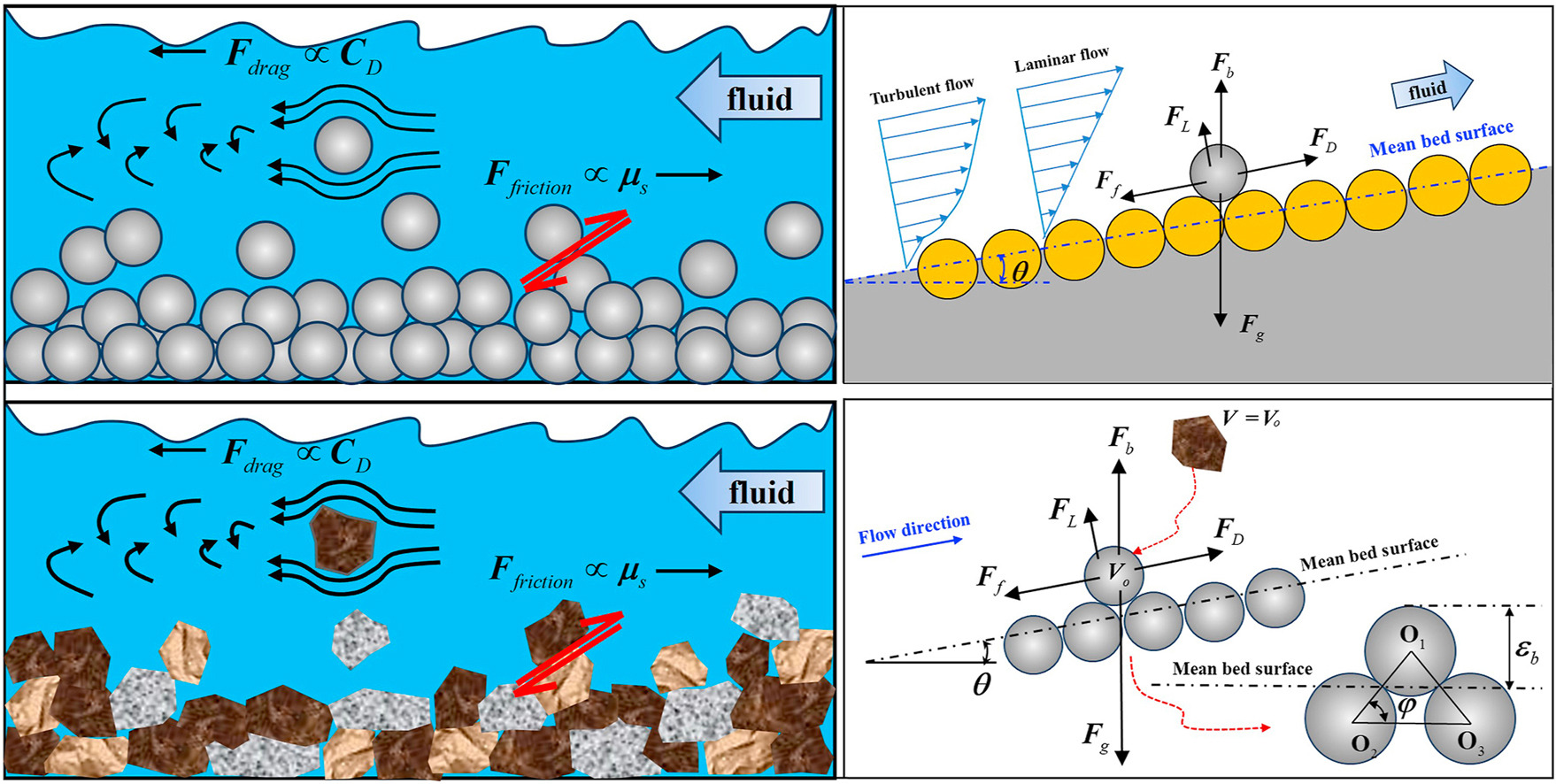- Volumes 96-107 (2025)
-
Volumes 84-95 (2024)
-
Volume 95
Pages 1-392 (December 2024)
-
Volume 94
Pages 1-400 (November 2024)
-
Volume 93
Pages 1-376 (October 2024)
-
Volume 92
Pages 1-316 (September 2024)
-
Volume 91
Pages 1-378 (August 2024)
-
Volume 90
Pages 1-580 (July 2024)
-
Volume 89
Pages 1-278 (June 2024)
-
Volume 88
Pages 1-350 (May 2024)
-
Volume 87
Pages 1-338 (April 2024)
-
Volume 86
Pages 1-312 (March 2024)
-
Volume 85
Pages 1-334 (February 2024)
-
Volume 84
Pages 1-308 (January 2024)
-
Volume 95
-
Volumes 72-83 (2023)
-
Volume 83
Pages 1-258 (December 2023)
-
Volume 82
Pages 1-204 (November 2023)
-
Volume 81
Pages 1-188 (October 2023)
-
Volume 80
Pages 1-202 (September 2023)
-
Volume 79
Pages 1-172 (August 2023)
-
Volume 78
Pages 1-146 (July 2023)
-
Volume 77
Pages 1-152 (June 2023)
-
Volume 76
Pages 1-176 (May 2023)
-
Volume 75
Pages 1-228 (April 2023)
-
Volume 74
Pages 1-200 (March 2023)
-
Volume 73
Pages 1-138 (February 2023)
-
Volume 72
Pages 1-144 (January 2023)
-
Volume 83
-
Volumes 60-71 (2022)
-
Volume 71
Pages 1-108 (December 2022)
-
Volume 70
Pages 1-106 (November 2022)
-
Volume 69
Pages 1-122 (October 2022)
-
Volume 68
Pages 1-124 (September 2022)
-
Volume 67
Pages 1-102 (August 2022)
-
Volume 66
Pages 1-112 (July 2022)
-
Volume 65
Pages 1-138 (June 2022)
-
Volume 64
Pages 1-186 (May 2022)
-
Volume 63
Pages 1-124 (April 2022)
-
Volume 62
Pages 1-104 (March 2022)
-
Volume 61
Pages 1-120 (February 2022)
-
Volume 60
Pages 1-124 (January 2022)
-
Volume 71
- Volumes 54-59 (2021)
- Volumes 48-53 (2020)
- Volumes 42-47 (2019)
- Volumes 36-41 (2018)
- Volumes 30-35 (2017)
- Volumes 24-29 (2016)
- Volumes 18-23 (2015)
- Volumes 12-17 (2014)
- Volume 11 (2013)
- Volume 10 (2012)
- Volume 9 (2011)
- Volume 8 (2010)
- Volume 7 (2009)
- Volume 6 (2008)
- Volume 5 (2007)
- Volume 4 (2006)
- Volume 3 (2005)
- Volume 2 (2004)
- Volume 1 (2003)
• Correction factors for shape-related drag and friction coefficients are established.
• A semi-mechanistic model for particle shape-related incipient motion criteria is proposed.
• A critical velocity calculation procedure for the incipient motion of particles is developed.
• The presented model is applicable to both Newtonian and non-Newtonian fluids.
Accurately predicting the minimum velocity required to initiate particles movement on a cuttings bed surface during drilling operations is crucial for efficient and cost-effective removal of deposited particles. However, current models neglect the influence of particle shape on the drag coefficient and static friction coefficient during rolling and sliding on a cuttings bed. Accordingly, this study developed an experimental setup for cuttings transport and employed both theoretical analysis and experimental methods to investigate the critical velocity for the incipient motion of particles under various operational conditions. A novel semi-mechanical criterion model was developed for the incipient motion of particles, incorporating a shape correction factor for non-spherical particles. A balance equation for the threshold Shields number, determined by particle driving forces and resistances, was established, and a numerical procedure was formulated to determine the critical velocity for the incipient motion of particles. The model predictions show strong agreement with experimental results. The study found that higher eccentricity, inclination, and fluid viscosity increased the difficulty of initiating particle movement on the cuttings bed surface, thus requiring higher annular velocities for effective cuttings removal. Conversely, increasing particle size facilitated easier removal of the cuttings bed. Compared to non-Newtonian fluids, Newtonian fluids proved more effective in cuttings removal. The findings of this study are significant for optimizing hole cleaning parameters and improving the efficiency of cuttings removal.

